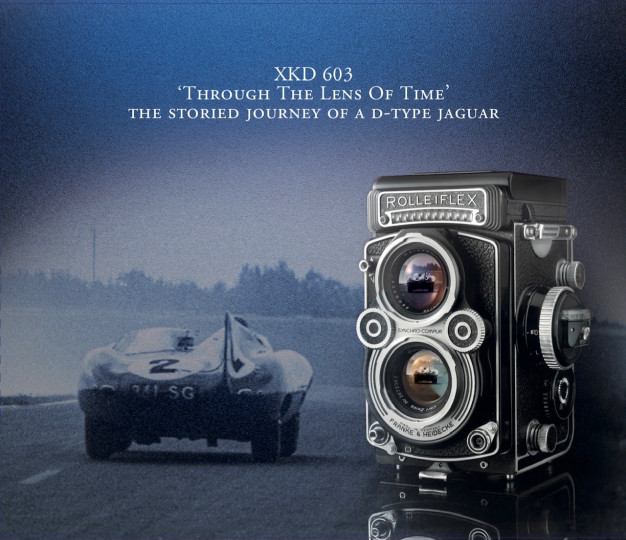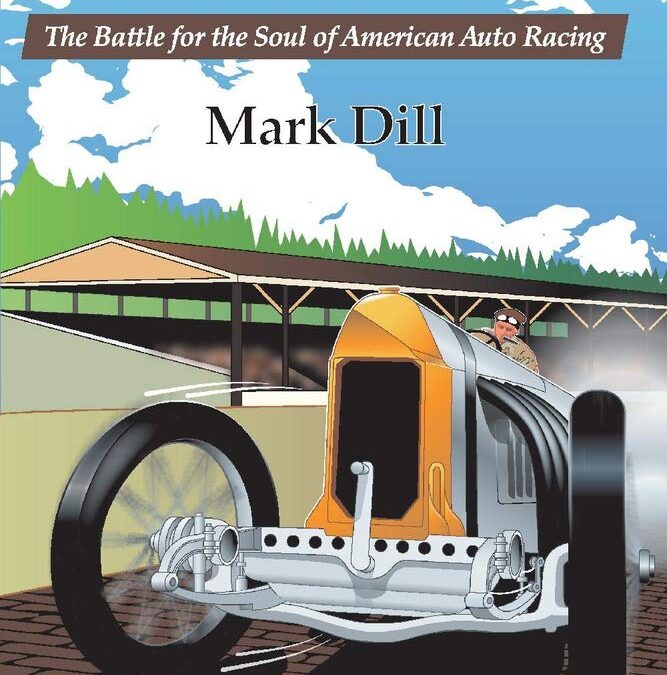
Barney Oldfield riveted his eyes into one of the 3.2 million bricks that paved America’s First Super Speedway. He sought to blot out the din of a packed grandstand and the dangerous gusts that could sweep his car into the unforgiving concrete wall. A record run could restore his reputation as America’s Speed King or cost him his life. A record run could deliver the telling blow in the raging culture war for the soul of American auto racing. Oldfield has the fastest car in the world, and now he must prove himself as America’s champion and ensure the success of his friend Carl Fisher’s titanic battle to raise the modern Indianapolis Motor Speedway up from a fallow cornfield. It’s May 1910 and you have a front-row seat.
The Legend of the First Super Speedway thrusts you into the early 20th century with vivid interpretations of auto racing and what it would be like to walk among the people and grasp their world view. You will meet the rugged characters of the era as they get “corned” on whiskey, chew “chaw,” and bounce violently as they scorch the bricks of America’s first speedway. You will ride with them on trains, bound across the craggy terrain of road races, and step over dead horses rotting in the street. The world convulsed with technological change, and the winners mastered it.
Everything unfolds through the eyes of protagonists Barney Oldfield and Carl Fisher as they grapple with a cultural battle for the soul of American auto racing. Most importantly, early auto racing’s good, bad, and ugly are put before you in an unvarnished fashion. Why? Because it really happened. No storyteller needs to dramatize a single detail because the amazing events actually took place and the awe-inspiring people behind them walked the Earth just as you do now.

In Stuttgart-Zuffenhausen, August 1939, the 60K10 project, under the supervision of one Professor Ferdinand Porsche, built a car in anticipation of a race, Berlin to Rome, that would never take place. With this model, the idea for a light and aerodynamic car, with a small engine but remarkable performance was born. Nine years later this idea bore fruit and the company released its first automobile, the Porsche 356, which would launch the company into automotive history.
Porsche: Cars with Soul is a beautifully illustrated tribute to the commitment of Porsche to reach the highest level in motorsport, to the extraordinary effort of the drivers, engineers and mechanics who helped to achieve this, and of the remarkable link between Porsche and its passionate enthusiasts. It is also intended to applaud the commitment of the Porsche family to be present at races and other important events, since the beginning, making the Porsche fans feel part of a big and extraordinary family.

A philosopher/mechanic’s wise (and sometimes funny) look at the challenges and pleasures of working with one’s hands

2013 marks a significant milestone for Aston Martin – it’s their 100th Anniversary and the start of their second century in automotive design. This comprehensive history is full of beautiful color photography and detailed illustrations from the past hundred years. Aston Martin: Power, Beauty and Soul reveals the stories behind some of the world’s most desirable motor cars. Each of the more than sixty models constructed since the 1987 Ford acquisition are featured, including concept cars, special edition models and never-before-seen bespoke orders. Each chapter details an individual model’s fascinating history and development and includes comprehensive specifications. This book is also about the dedicated people behind the scenes who brought these magnificent vehicles to life; their stories are intertwined with those of the cars.
Motor Oil For Car Guys Soul 2
Motor Oil For Car Guys Soul 3
Emmo a Racer’s Soul
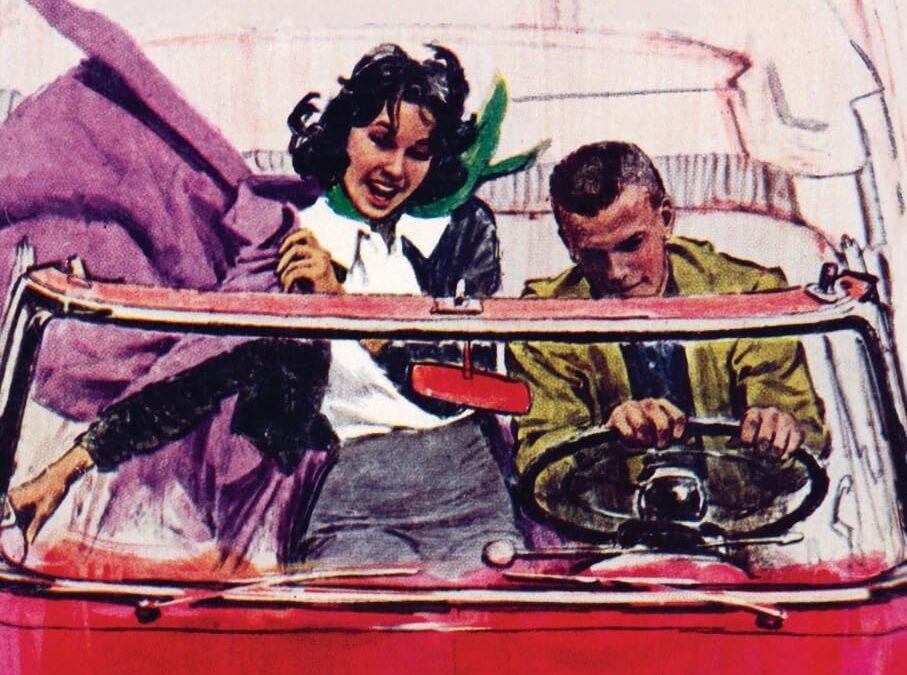
Can a teenager afford a car? Even a cheap old one?
Woody Ahern thought he could. He had a job after school, he had saved a little money, and, as he pleaded with his father, the main reason he and the other members of his car club wanted a car was so that they could work on it.
Woody would get his car—for forty dollars. He named it Sidekick, and from the moment the thirteen-year-old wreck became his very own, Woody lavished on it all his love and devotion. He was sure that when it was done it would be the most beautiful car imaginable. He could even see himself driving Sandra to the spring dance . . . but it would take a lot of work before Sidekick was safe to drive. And before that work was complete Woody would come to learn a great deal—not only about cars, but also about human relationships and his own goals in life.
Road Rocket captures the heart and soul of 1950s hot rod culture. The lean, mean story follows Ahern’s hard-driving path to rodding redemption, riffs on some meaningful messages, and unleashes a fast and furious read. Dig in and learn what millions of readers already know; the world’s most popular hot rod novel is a hopped-up high-horsepower thrill ride.
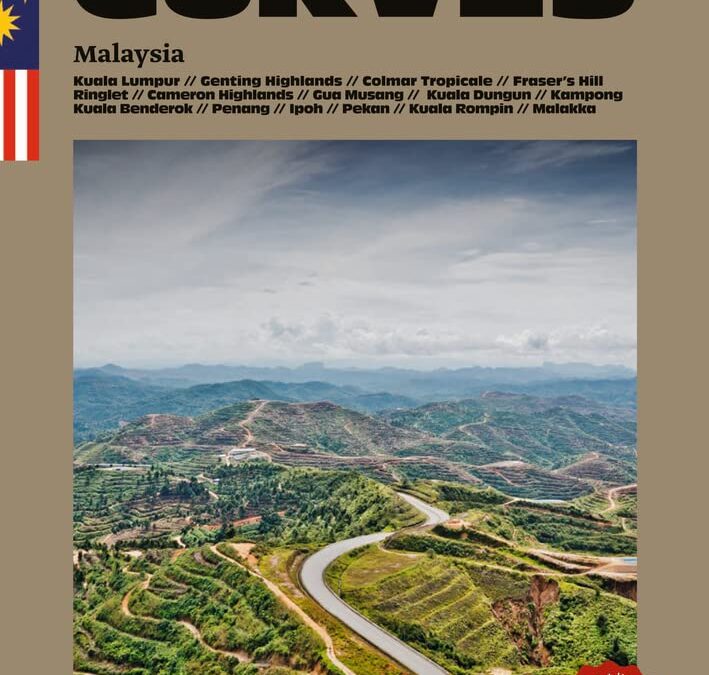
Soulful Driving in Malaysia.
The Thailand edition revealed that CURVES has a passion for Southeast Asia. With this limited special edition, Stefan Bogner now heads to Malaysia. Immerse yourself in the colorful whirl of life, the diversity and exoticism of Southeast Asian cultures, the friendliness of the people, the food and the landscapes.
But if you thought this country consisted only of beautiful beaches, turbulent cities and dense jungle, you need to be proven wrong: The islands and peninsulas between the Indian Ocean and the Pacific Ocean are excellent places to drive! Winding roads lead up into the mountains of the interior or palm-fringed along the coasts, swirling through the country as less frequented and often well-maintained driving pleasure hunters.
- Route suggestions for smaller and larger trips
- Tips on restaurants and accommodation along the way
- Includes map for planning your own road trip and for when you are on the road
So, buckle up, open all your senses, start your engines. Join us on breath-taking tours between the east coast and west coast – into a world of lush greenery, dripping jungle, foreign cultures, adventures and experiences.
Text in English and German.

Ready for a trip to the “end of the world”? Patagonia stands for infinite and awe-inspiring landscapes, glistening glaciers and majestic peaks. Exclusively for the CURVES magazine, photographer Stefan Bogner explored the most beautiful scenic roads of this unique area.
Marvellous aerial views show exciting routes right in the middle of nowhere. No matter whether you’re driving casually through the wild steppe in your caravan or prefer the thrills of winding roads with breathtaking views: The extraordinary nature experience makes your trip most certainly an unforgettable journey.
– Patagonia: Pictures of an overwhelming landscape you have never seen like this before
– The loveliest routes and loneliest mountain roads: with maps for route planning
– Unique driving experience on endless roads: for tours by car, motorbike, and caravaning
– Exquisite recommendations: Patagonia‘s best hotels and sights
– CURVES – the passion for lovely curves: an exceptional mix of travelogue and illustrated book
Delightful driving on the world’s most beautiful roads: Patagonia for individualists. Mountain passes with a view, matchless mountain panoramas and vast untouched plateaus: the characteristic landscape at the south end of Chile and Argentina is full of highlights. “Soulful Driving” is Stefan Bogners‘ motto for leisurely road trips, where you set the pace. To top this off, he recommends comfortable accommodation, fine restaurants and sights worth seeing.
Enjoy the airflow and find out where armadillos and guanacos bid good night: With CURVES Patagonia you will explore and fall in love with scenic roads and find the best tips for tours on two or four wheels.
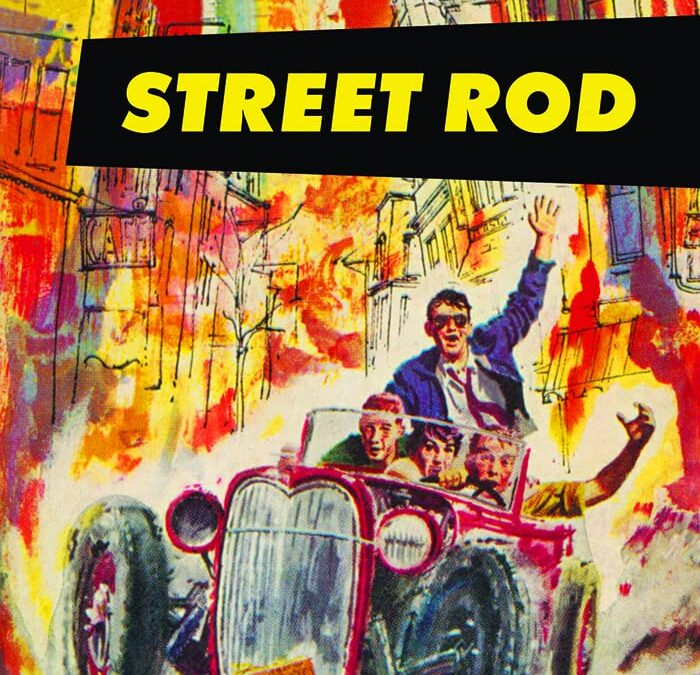
Sixteen-year-old Ricky Madison is the only boy in Dellville without his own hot rod, and he is tired of bumming rides from his friends. Going against his parents’ wishes, he uses his savings to buy a car of his own: a junker that he is determined to turn into the fastest, sleekest racer on the road. Wild nights of highway racing, pranking unsuspecting drivers, and competing with his buddies quickly turn the town against him and the other teenage drivers. But Ricky has an idea that will redeem himself and his friends in the eyes of the town, all while showing them how far he can really go with his coupe.
Street Rod captured the heart and soul of 1950s hot rod culture. This carefully crafted edition presents the beloved story of Madison’s hard-driving path to rodding redemption. Dig in and learn what millions of readers already know; the world’s most popular hot rod series is a hopped-up high-horsepower thrill ride.
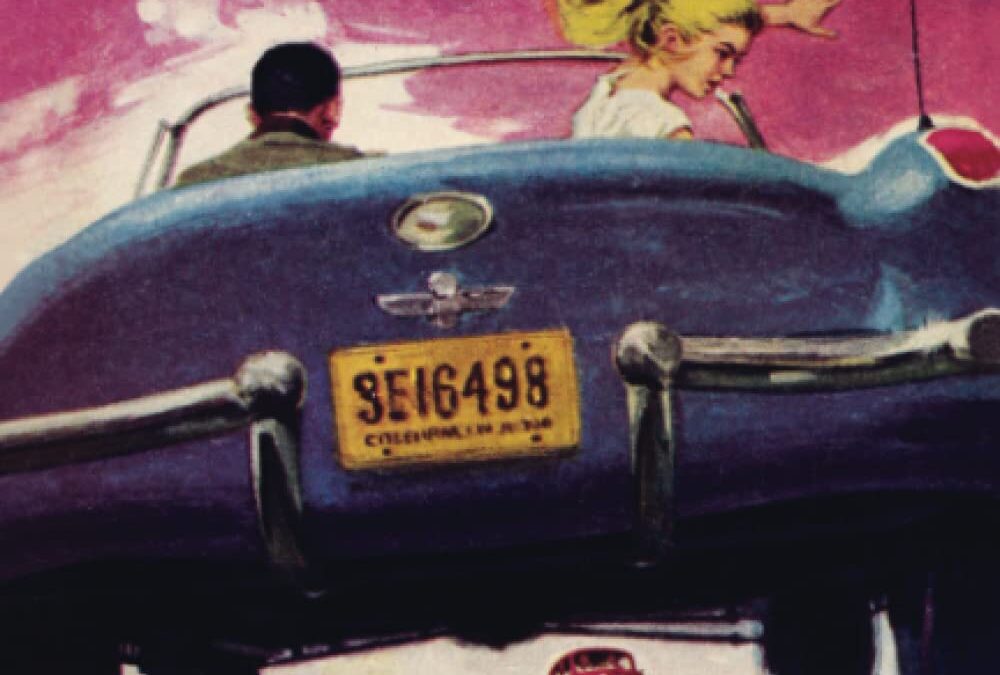
Every year a new fad makes its mark at Raccoon Forks High: often noisy, outlandish, expensive, or silly, but never dangerous or destructive. At this sleepy school, even the drag racing fad was comparatively tame . . . until David “Outlaw” Galt transferred from Capital City High. Usurping Mike Revere’s position as the best boy with the best car—and stealing the girl who went with it—Outlaw set off a power struggle the likes of which Raccoon Forks had never seen. But Mike was willing to drive his way to victory, no matter the cost.
Crash Club is another Felsen novel that captured the heart and soul of 1950s hot rod culture. The lean, mean story follows Revere’s hard-driving path to rodding redemption, riffs on some meaningful messages, and unleashes a fast and furious read. Dig in and learn what millions of readers already know; the world’s most popular hot rod novels are a hopped-up high-horsepower thrill ride.

Install and modify your truck bed floor with guidance from certified auto-body repairman and television personality Kevin Tetz.
A simple internet search of the words “truck bed floor” provides almost a hundred million results. The possibilities are limitless for personalizing your hauler for work or play. The bed floor shows the heart and soul of a vintage truck, and with several new generations of pickups being deemed “classic,” it’s no surprise that the bed is a popular subject.
The functionality of a truck bed can be traced back to the days of horse-drawn vehicles. As the purpose of some truck beds has changed from their utility to being an accessory, personalizing and customizing them is now an industry standard.
Even with the most basic skills, you can be confident that you can pull off an excellent restoration or replacement of a bed floor with the simplest of hand tools. Taking ownership of a do-it-yourself project provides an immense sense of pride in the accomplishment, so whether your truck is brand new or 100 years old, this book walks you through how to restore, decorate, replace, customize, patina, or upgrade your bed floor.
Truck Beds: How to Install, Restore & Modify was written to provide professional results while catering towards your skill set, budget, and experience.
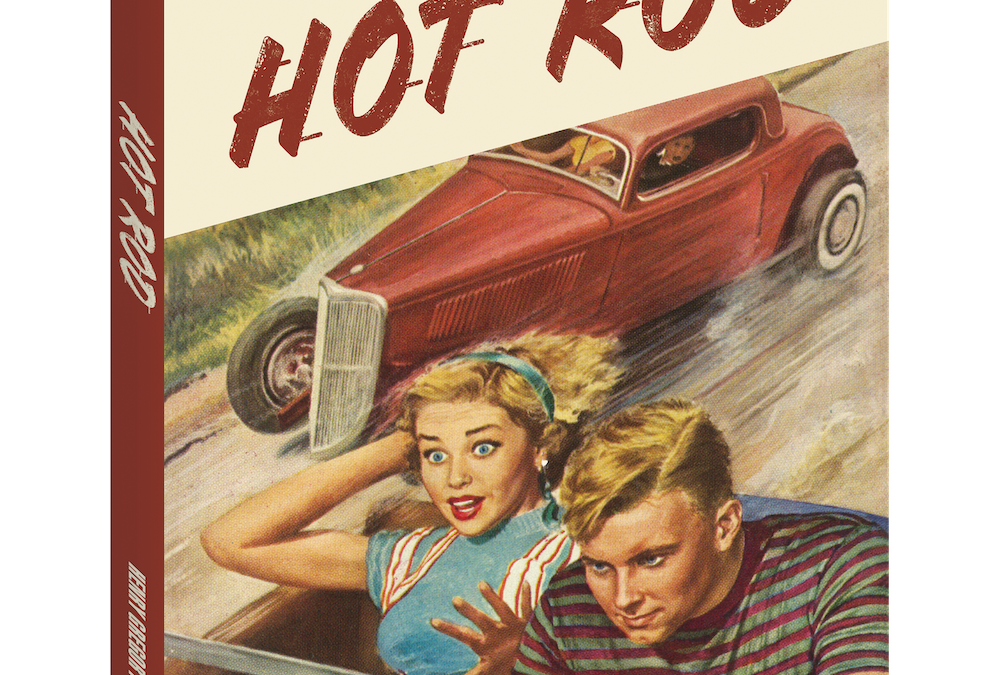
Seventeen-year-old Bud Crayne built the fastest cars in town and drove his high-octane machines on the ragged edge. His need for speed would prove dangerous to him and the people around him, including his wannabe starlet girlfriend, La Verne, and the kids in his small hometown of Avondale, all of whom were dragged down his path to high-horsepower hell.
Hot Rod captured the heart and soul of 1950s hot rod culture. The lean, mean story follows Crayne’s hard-driving path to rodding redemption, riffs on some meaningful messages, and unleashes a fast and furious read. Dig in and learn what millions of readers already know; the world’s most popular hot rod novel is a hopped-up high-horsepower thrill ride.
This title is part of the Retro Reads series.The collection reissues popular titles and introduces them to a new audience. Motorsports enthusiasts will delight in familiar classics and discover new, dynamic narratives about legendary drivers.
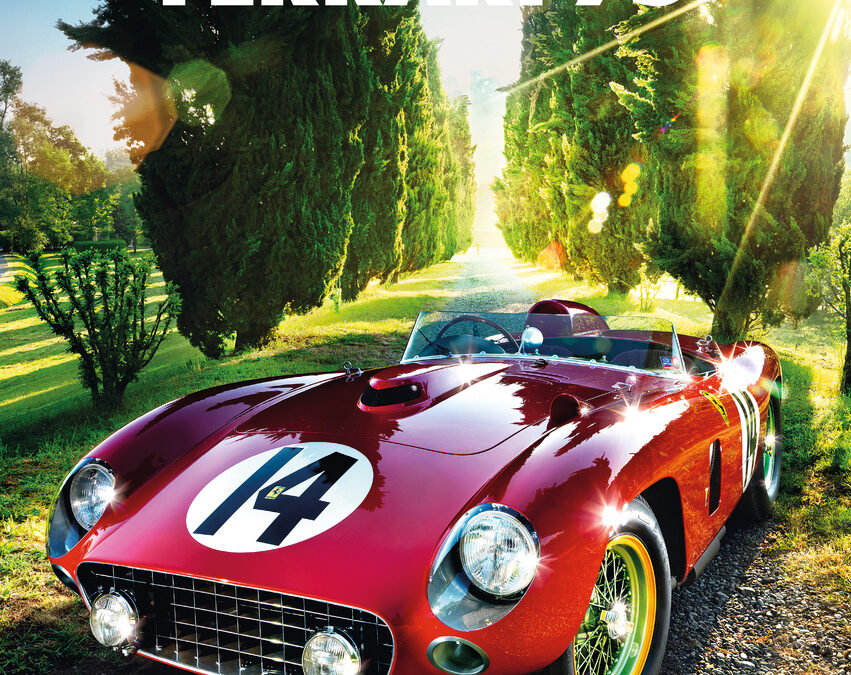
Seventy-five years of the legendary Italian-made Ferrari motor and racing car, captured in photographs by Günther Raupp, who during the course of his career has taken pictures of almost every Ferrari ever built.
The results of his eye-catching style and perfect technique are more than just plain photos. They reveal the car’s soul. In this book, he chooses the images that he considers among his best, photographs that make the brand’s history come alive. Writer Jürgen Lewandowski gives an expert presentation of the history of Ferrari, from the founding by Enzo Ferrari until today.
For world-class drivers like Alberto Ascari, Juan Manuel Fangio, Alain Prost, Niki Lauda, Michael Schumacher and Sebastian Vettel, winning in a Ferrari was an outstanding experience. For many it was the crowning moment of their career. But even off the race track the sports cars from Maranello are impressive: not just the sporting qualities, but also the bodies, drawn by Italy’s best designers, including Bertone and especially Pininfarina. Günther Raupp photographs racing cars as well as road cars and makes 75 years of history of the Italian brand come alive.
Numbered limited edition of 1947 copies
Text in English and German
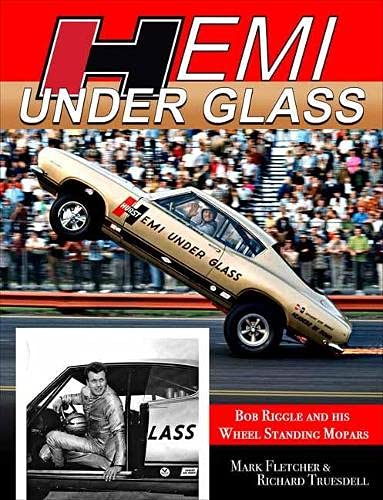
Look up to the skies through Bob Riggle’s eyes in this wheelstanding, must-have Mopar history book on Hemi Under Glass!
While the established stock and modified brackets are long-recognized as the heart and soul of drag racing, it was the wheelstanders that more often than not put butts in the bleachers. In that category, some of the most well-known names included Bill “Maverick” Golden’s Little Red Wagon, Bill Shewsberry’s L.A. Dart and Chuck Poole’s Chuck Wagon. Although, most memorable of all was the Hurst Hemi Under Glass Plymouth Barracuda campaigned by Bob Riggle.
Riggle started his career in the early 1960s as a car builder and mechanic for Hurst-Campbell and eventually ascended to pilot the Hemi Under Glass. When he left Hurst in 1969, the Hemi Under Glass franchise transferred with Riggle. He continued for six more years as the owner/driver of a succession of Hemi Under Glass renditions. In the 1990s he resurrected the concept of the original car—making four different versions (1966, 1967, 1968, and 1969)—and continued to thrill drag racing fans with his wheelstanding antics.
At the time of this writing, Bob’s last run with the Hemi Under Glass was in the summer of 2019. He claims to have retired (he was 83 years old at the time), but he’s claimed that before!
For all the success he enjoyed over his long and distinguished career, which is believed to be one of the longest in all of motorsports, he’s best remembered for a run at Irwindale Raceway in early 2016 with comedian and car buff Jay Leno in the passenger seat in a video that has been viewed more than 10 million times.
This is Bob’s story, one that Mark Fletcher and Richard Truesdell, co-authors of the 2012 book Hurst Equipped, are honored to share. They say the story was easy to tell—given their unprecedented access not only to Bob but also to his vast archive of photos that reflect his ongoing popularity. Many of the photos in this book are seen in print for the very first time.
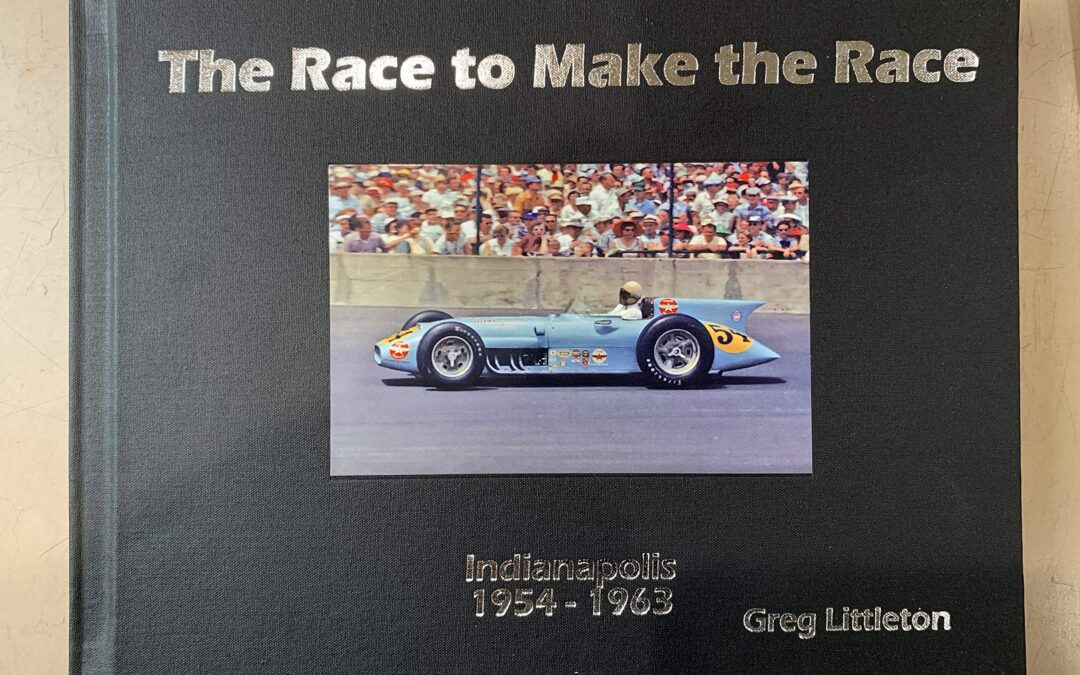
SIGNED
In his new book “The Race to Make the Race” Littleton chronicles a 10-year span (1954-1963) which was the peak roadster years at Indy and records what went on for every qualification attempt during this time period and each lap speed even if the attempt was yellow flagged. There is no mention of the races themselves as those results have been well-documented over the years.
Today’s 500 is lucky to attract 33 cars some years, but there was a time when the 500 really did have an actual Month of May and sometimes more cars went home than made the starting fields. Littleton’s book records by the actual time of day, weather conditions, attendance and all of the other happenings both on the track and in the Garage Area.
There are a lot of details in the book that you will never see anywhere else today. During the years in question the drama around the efforts to find speed just to qualify were often nearly as interesting as the actual race.
“While I was doing the Roadsters book I got the idea about doing a book on qualifications for the Indy 500,” said Littleton. “I got some qualifying information from the Speedway records when I was doing my first book. It was fun to do. I wanted to give the story on the successes and struggles each driver went through to try and make the Indianapolis 500 those years. The Bartholomew County Library was a big help in assisting me. They were able to get the microfilms from the Indiana State Library. I probably made 75 trips down to the local library to gather the information I needed.”
Littleton also mentioned two of the area’s standout racers at Indianapolis. Larry Crockett of Columbus who was the fastest rookie qualifier in 1954 and in the 500-mile race that year he ended up being the top finishing rookie over Pat O’Connor of North Vernon.
Littleton said Crockett, who died in a racing accident in Pennsylvania in 1955 right before he would have attempted to make his second Indianapolis 500, would have been a candidate to win the Indy 500.
“He was so young when he was starting out,” he said. “Nobody knows how his career would have turned out. If he had three or four years on him then I could have given you a better estimate on him. He was fast enough. There were some brave souls in 1954 and they said Larry Crockett was the best young driver in the United States.”
Like Crockett, Littleton gave his assessment on O’Connor who was killed in a first-lap accident in the 1958 race if he too could have won the Indy 500.
“Pat O’Connor definitely could have been an Indy 500 champion,” he said. “The legend of Pat O’Connor just keeps growing around here. You talk to guys and there is no doubt he was a natural. He was so smooth; everything came easy for him. He had the right head for it. He knew the days the car was good enough and the days it wasn’t.”
In documenting every lap of time trials during the 10-year span he chronicled there was one driver that stood out when writing the book was a young driver named Bob Scott in 1954.
“He had a good car in ’54 and on the fourth and final day of qualifying he was not in the show yet,” Littleton explains. “He jumped into a car that was not considered top-of-the-line equipment. He put three good laps together and they were going to be good enough to put him in the race, all he needed was one more consistent lap and he was in, but before he took the checkered flag he pulled into the pits and thus he didn’t qualify for the starting field. He apparently didn’t look at the flagman. He never did say why he pulled off.”
If Littleton had to pick a Mount Rushmore of Indy 500 champions his list would include: Bill Vukovich, A.J. Foyt, Wilbur Shaw and Al Unser Sr. Littleton also gave mention to 1963 winner Parnelli Jones.
“He was probably the least successful great race driver,” he said. “He would consistently beat Foyt in sprint cars, but he only won Indy once.”
On the sale last month of the Indianapolis Motor Speedway to Roger Penske, Littleton had this to say.
“Who else cares enough about racing and has the business acumen than Roger Penske?,” he asked. “He has everything that can make it work. Every decision he makes you may not like, but he has the best interest of the speedway in mind.”
Penske becomes the fourth owner of the track. The Hulman family had owned the track for 74 years.
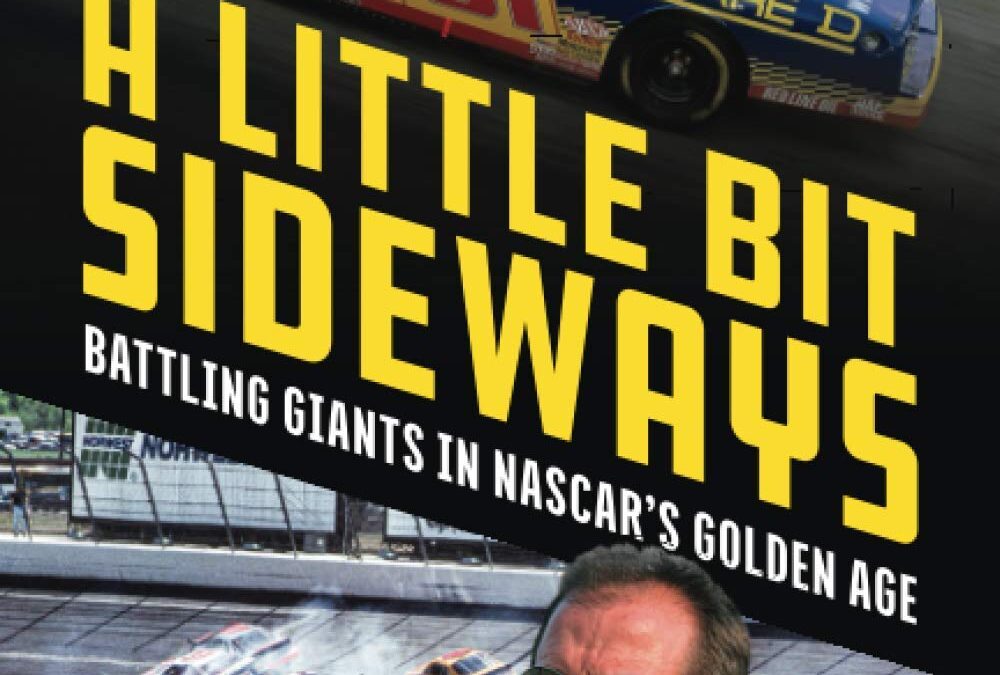
Spend a tumultuous week behind the scenes with Kenny Wallace and the Square D team as their independently funded team fights to compete with the best of the best in the 1990s, the golden era of NASCAR racing. This rambunctious tour takes you into the driver’s seat, the cocktail parties, the race shop, the broadcast booth, and beyond, providing a look at the sport during the height of NASCAR popularity. As Jeff Gordon, Dale Earnhardt, Dale Jarrett and other legends fight for the championship, Kenny Wallace and the Square D team’s battles to qualify and stay relevant in an era when a spot in Sunday’s show was hotly contested and not guaranteed. Author Scott Huler spent months with the team so he could chronicle how stock car racing works through the window of the 1997 races at Martinsville and Charlotte Motor Speedway. The result is a dramatic read that offers insight on the inner workings of NASCAR team, from tire and gas strategy to engineering, car set up, and the fine points of a fabulous pit stop. Throughout the book, the author captures Wallace’s fiery discourse and passionate personality, and takes the reader into all corners of NASCAR racing, from tech inspections and RVs in the infield to cocktail parties and banging fenders on the track. In A Little Bit Sideways, author Scott Huler goes over the wall and does for NASCAR what Roger Angell did for baseball, David Foster Wallace did for tennis, and Hunter S. Thompson did for the Kentucky Derby—capture the soul of the sport with gritty, honest reporting of its colorful characters and distinctive landscapes.














